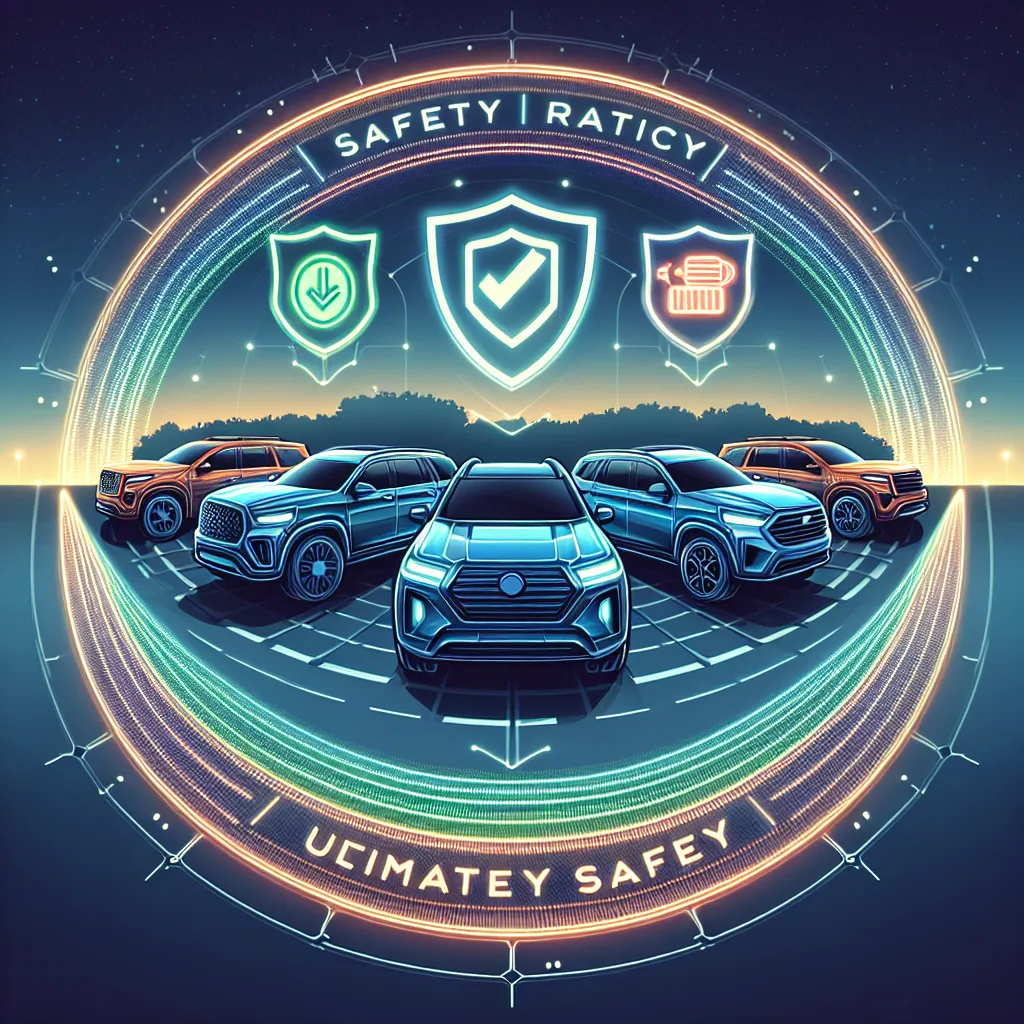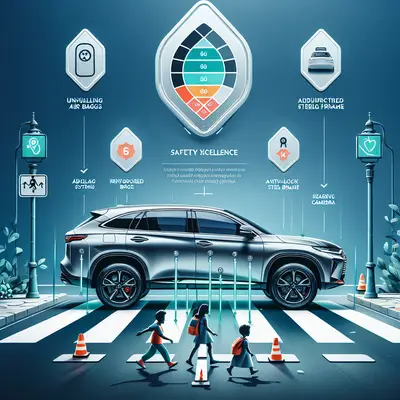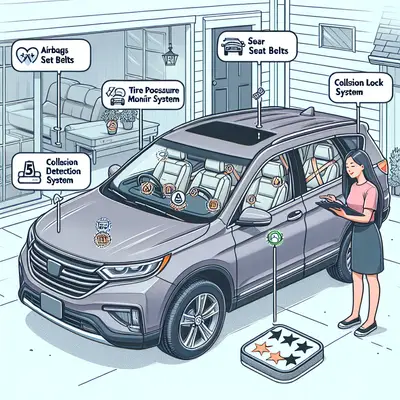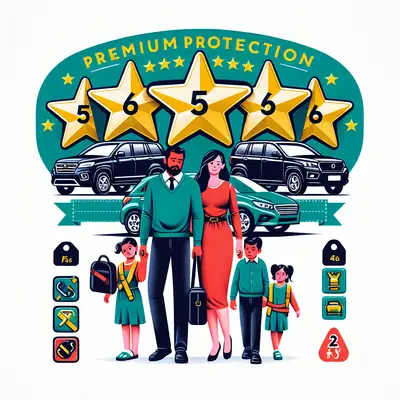Understanding the importance of safety ratings and their impact on your family's wellbeing is paramount. Let's delve into five exclusive insights that families shopping for SUVs would appreciate.
The Anatomy of the Star Rating
The star rating system, often seen in safety assessments, is not as straightforward as it appears. It is a culmination of several tests, including frontal, side, and rollover crash tests. A higher star rating signifies superior crash protection. But remember, a five-star safety rating does not imply invulnerability to accidents. It means the vehicle has met or exceeded specific federal safety standards.
The Significance of Crash Test Dummies
Crash test dummies play a pivotal role in the evaluation of safety ratings. These anthropomorphic test devices mimic human responses to severe impacts, accelerations, and deflections. Understanding their role gives you a more profound insight into the safety features you need to prioritize.
The Role of Active Safety Technologies
Active safety technologies are the unsung heroes in SUV safety ratings. These include features like Electronic Stability Control, Autonomous Emergency Braking, and Lane Keep Assist, to name a few. They are designed to prevent accidents and protect passengers during unforeseen circumstances. These features are becoming increasingly significant in safety evaluations.
The Importance of Child Safety
For families with young children, child safety features are a crucial aspect of an SUV's safety rating. These include the availability of child restraint systems, child seat tether anchors (ISOFIX), and child safety locks. An SUV with excellent child safety features often translates to a higher safety rating.
The Weight of Safety Features in Ratings
Safety features contribute significantly to an SUV's safety rating. Features like seatbelts, airbags, and crumple zones are analyzed for their effectiveness in protecting occupants during accidents. The presence and quality of these features are important considerations when evaluating an SUV's safety rating.
Conclusion
Understanding SUV safety ratings is more than just considering the star rating. It's about comprehending the intricate details that contribute to these ratings. It's about knowing what protects your family best. So, when you embark on your quest to find the perfect SUV, remember, safety isn't just a rating—it's a promise to your family.



